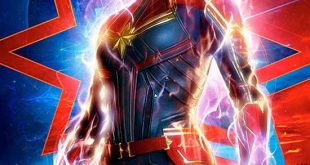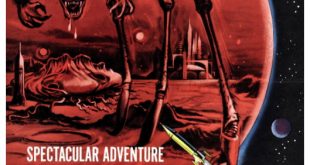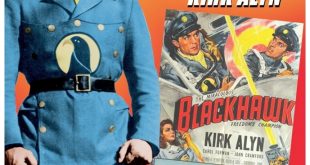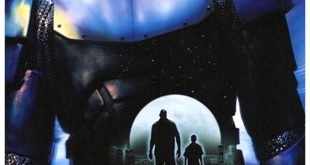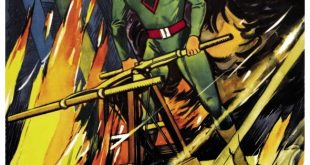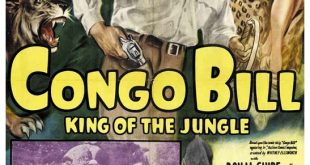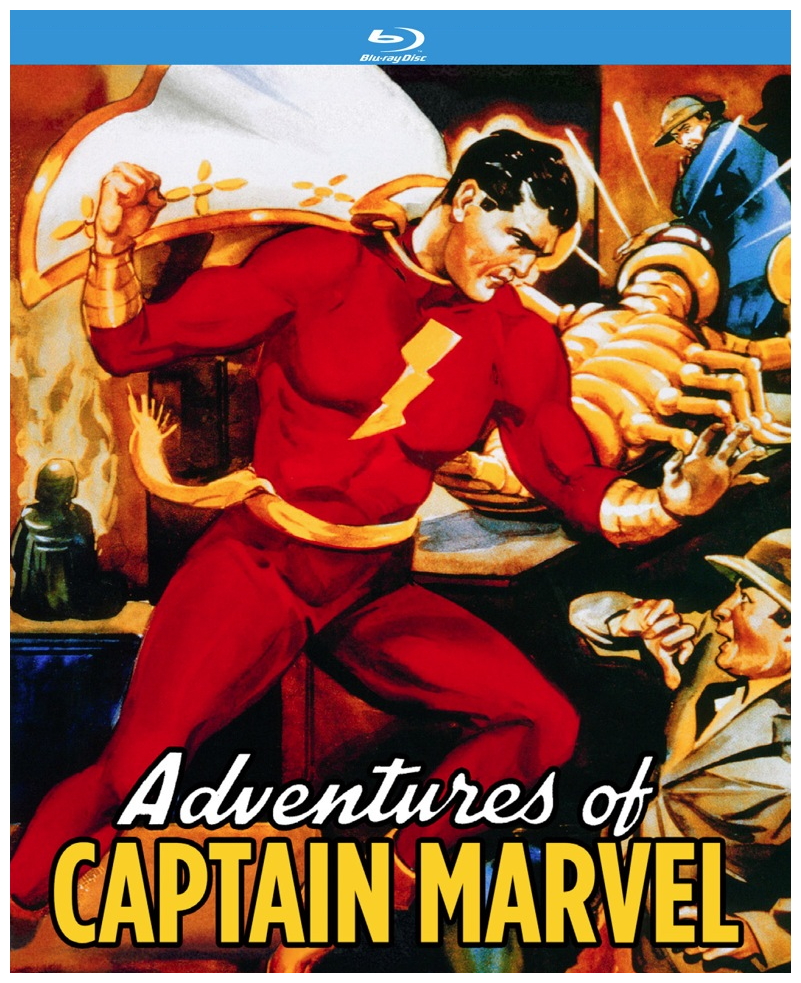
SYNOPSIS:
“On a scientific expedition to Siam, young Billy Batson is given the ability to change himself into the super-powered Captain Marvel by the wizard Shazam, who tells him his powers will last only as long as the Golden Scorpion idol is threatened. Finding the idol, the scientists realise it could be the most powerful weapon in the world and remove the lenses that energise it, distributing them among themselves so that no one would be able to use the idol by himself. Back in the United States, Billy Batson, as Captain Marvel, wages a battle against an evil hooded figure, the Scorpion, who hopes to accumulate all five lenses, thereby gaining control of the super-powerful weapon.” (courtesy IMDB)
REVIEW:
There are two movies based on DC Comics currently set for release next year: Wonder Woman 2 (2019) and Shazam! (2019). In fact, Shazam! is currently in production and the first on-set images of Captain Marvel have been revealed, showing actor Zachary Levi wearing the character’s classic costume. The set dressing suggests that the scene in question is set during the Christmas season. Last month director David F. Sandberg predicted that an on-set image might leak from the shoot and told fans, “If someone had managed to snap a shot of the suit last week when we were shooting outside they would have released an official pic right away. Since we got away with it they want to do more of an official thing, and it’s right around the corner.” Shazam! also stars Asher Angel as the character’s young alter ego Billy Batson, Mark Strong as the evil Doctor Sivana, and is due for release in April next year. The synopsis suggests that the movie will have a more light-hearted tone than most films based on DC Comics.

Created in 1939 by artist Charles Beck and writer Bill Parker, Captain Marvel first came to life as Captain Thunder in Flash Comics #1 from Fawcett Publishing. Shortly after its first printing, however, Fawcett discovered that both Captain Thunder and Flash Comics were trademarks of another company. Thus, the superhero was renamed Captain Marvellous – shortened to Captain Marvel – and published in Whiz Comics #2 in February 1940. The character was distinctly different from both Superman and Batman, the two other popular comic book superheroes of the period, in that he was the alter ego of a young orphan named Billy Batson. One day, the newspaper boy meets the ancient wizard known as Shazam, and is endowed with the superhuman abilities of six legendary figures: the wisdom of Solomon; the strength of Hercules; the stamina of Atlas; the power of Zeus; the courage of Achilles; and the speed of Mercury.
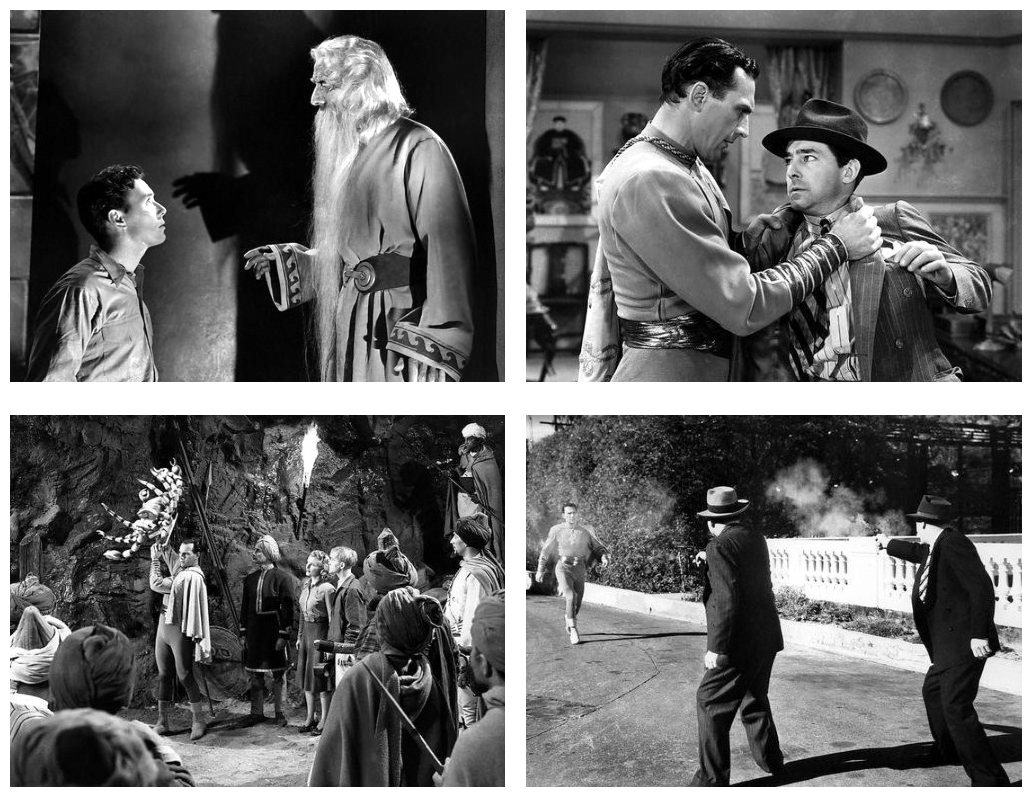
All he has to do is say the magic acronym ‘Shazam’ and he transforms into the strongest and mightiest man in the world – Captain Marvel. Talk about wish fulfilment for every kid who read the comic! Captain Marvel was an overnight success, quickly outselling the similar books being offered by National Comics. By 1941, he debuted in his own comic series known as Captain Marvel Adventures. Throughout the comic adventures he battled Nazis, renegade robots, ancient evils and other nefarious villains around the world. Each month, Captain Marvel’s comics outsold those of his rival Superman at National Comics, and became the very first superhero to be depicted on film. The twelve-part movie serial from Republic Pictures was entitled Adventures Of Captain Marvel (1941): 1. Curse Of The Scorpion; 2. The Guillotine; 3. Time Bomb; 4. Death Takes The Wheel; 5. The Scorpion Strikes; 6. Lens Of Death; 7. Human Targets; 8. Boomerang; 9. Dead Man’s Trap; 10. Doom Ship; 11. Valley Of Death; 12. Captain Marvel’s Secret.

During an archaeological expedition to Siam’s volcanic Valley Of The Tombs to find the lost secret of the Scorpion Kingdom, a device of great power known as the Golden Scorpion is discovered hidden inside a sealed crypt. While examining the device, its quartz lenses are aligned and a powerful energy beam erupts, causing an explosion and resealing the crypt. This allows young radio broadcaster and expedition member Billy Batson (Frank Coghlan Jr.), who obeyed the warning on the crypt’s seal not to enter, to be chosen by the ancient wizard Shazam (Nigel De Brulier). The wizard grants Billy the powers of Captain Marvel (Tom Tyler) whenever he repeats the wizard’s name. Captain Marvel’s powers can be used only to protect those in danger from the curse of the Golden Scorpion. The crypt’s entrance is quickly cleared, then Captain Marvel utters the magic word “Shazam!” and quickly resumes his Billy Batson alter ego.
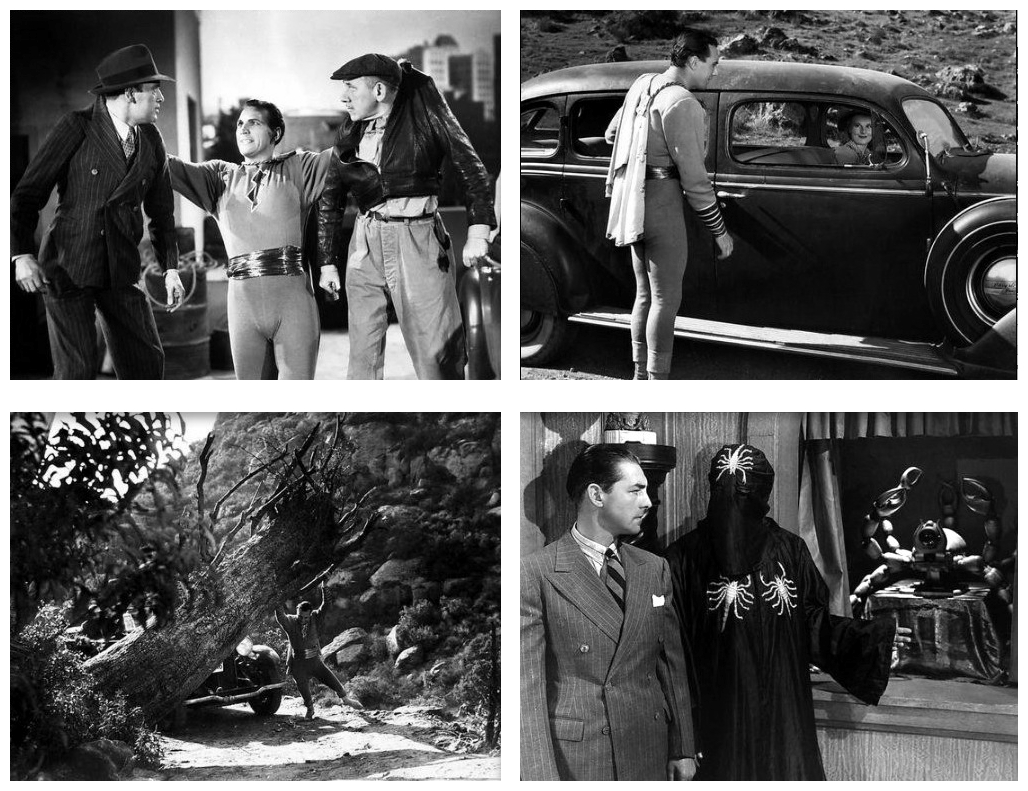
The Golden Scorpion’s power lenses are divided among the scientists of the Malcolm Archaeological Expedition so that its power can only be used by agreement of the entire group, who then return to the United States after their discovery. A hooded criminal mastermind dressed in black, calling himself the Scorpion (Gerald Mohr), steals the ancient device after their return and sets about acquiring the distributed lenses. Several expedition members are killed in the Scorpion’s quest, despite Captain Marvel’s continual efforts to thwart his plan. Deducing that the Scorpion always seems to know what happens during the scientists’ meetings, Billy later confides to his friends Betty Wallace (Louise Curry) and Whitey Murphy (William Benedict), his suspicion that the Scorpion may be one of the Malcolm archaeological team. Discovering that one of the Golden Scorpion’s power lenses was purposely left behind, cleverly hidden in the very crypt where it was first discovered, Billy Batson and the surviving scientists agree it must be retrieved.
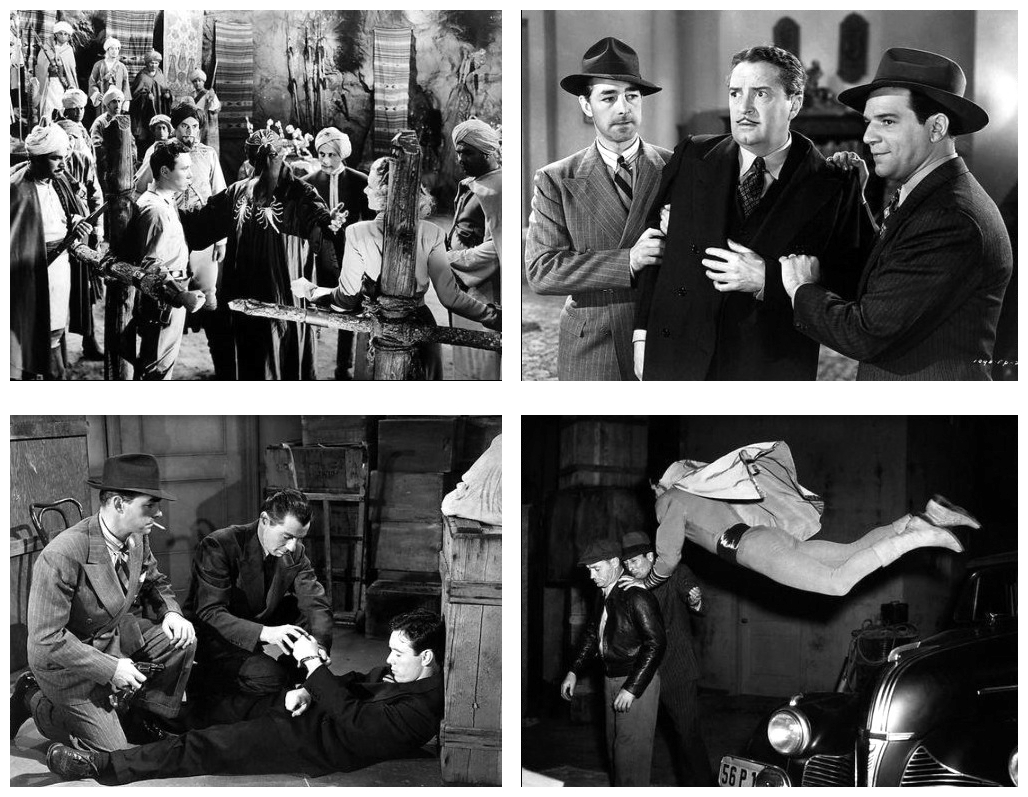
They return by cargo ship to Siam where, near landfall, they barely survive a typhoon before finally being rescued by Captain Marvel. They eventually retrieve the hidden lens, but it is stolen by the Scorpion. The Scorpion witnesses Captain Marvel transforming back into Billy Batson, so the villain captures Billy, gags him, and proceeds to interrogate the boy about his secret. Billy agrees to talk and his tape gag is removed. “Shazam!” is his only response and, with a flash of light and smoke, he transforms into Captain Marvel. The Scorpion’s identity is revealed to be one of the last surviving scientists, who is disintegrated when a Siamese native turns the idol’s ray on him. Captain Marvel tosses the Golden Scorpion and its power lenses into a volcano to prevent them from ever being used for evil. Upon its destruction, Captain Marvel is instantly transformed back into Billy Batson forever, the danger from the device’s curse having now been eliminated.

Adventures Of Captain Marvel is considered by many to be one of the finest movie serials ever made, certainly the best since the first Flash Gordon (1936) epic, and Republic Pictures‘ first real masterpiece. Captain Marvel’s costume, which is red in comic books, was actually blue-grey in order to photograph better in black and white. Flying was achieved by filming an over-sized dummy that was slid along a fine wire. Previously known for bodybuilding and westerns, Tom Tyler is perfectly cast as Captain Marvel. Tyler signed a two-year contract with Republic in 1941 and his US$150 per week salary during the first year was increased to US$200 per week for the second year. In his late thirties at the time, Tyler was still in good shape and was offered the role of Captain Marvel at US$250 per week for four weeks work. Tyler also starred in The Phantom (1943) based on Lee Falk‘s famous comic strip which was, unfortunately, Tyler’s last major screen role.
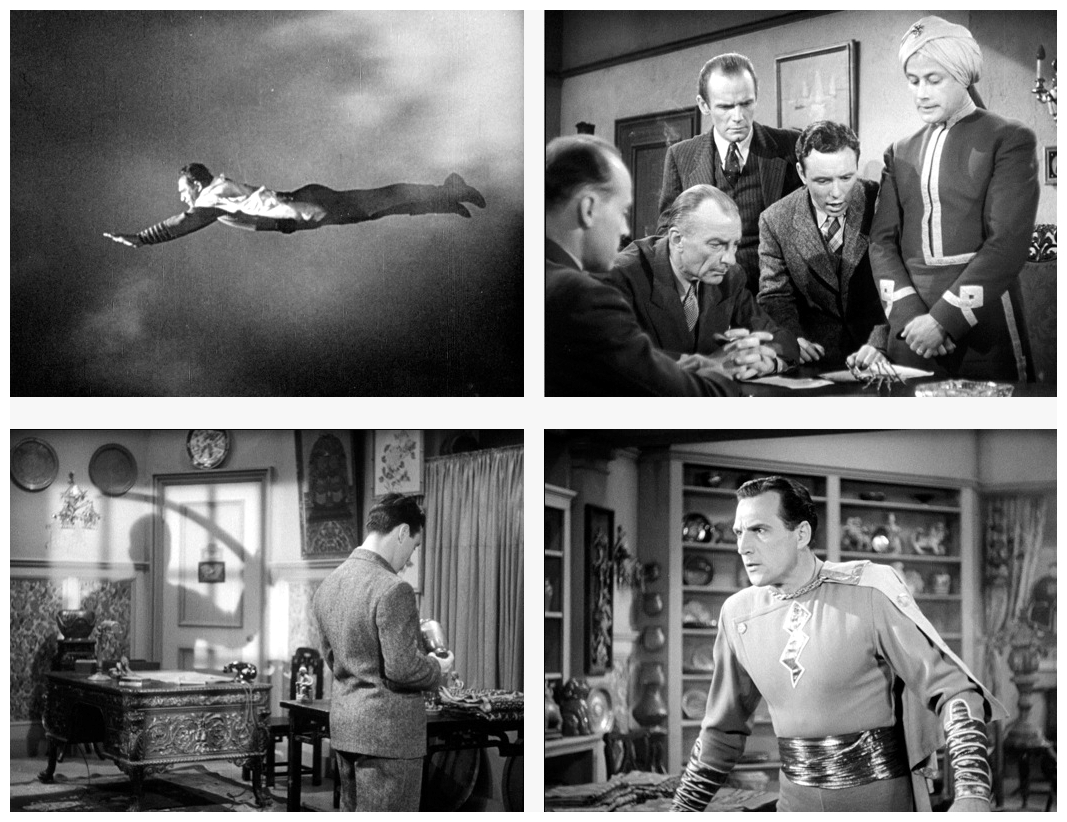
Tyler’s performance made Captain Marvel one of the most memorable heroes of all time, and Fawcett released a comic sequel to the serial entitled The Return Of The Scorpion, as one of their Dime Action Books series. The comic is notable for reusing several characters from the serial and for being the first writing assignment for Otto Binder, who would become a prolific writer for Fawcett. Eventually, National Comics Publications (under the banner of DC Comics) sued Fawcett for copyright infringement. The litigation stretched out over seven long years and, in 1951, the court found in favour of Fawcett. DC appealed the decision in 1952, and a second round of litigation was stopped when Fawcett agreed to settle out-of-court. The character of Captain Marvel became part of the DC universe and was revived in the mid-sixties and, in 1974, Filmation produced a live-action television series that ran on the CBS network.
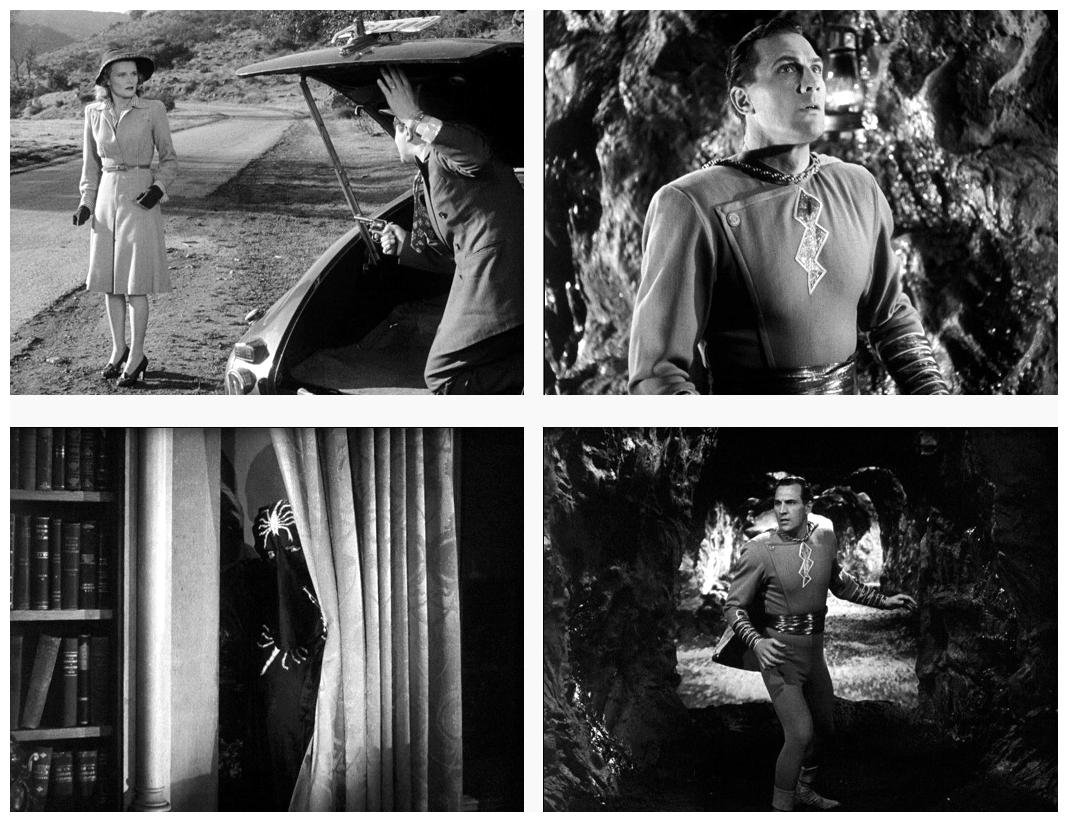
Entitled Shazam! the show featured Michael Gray as young Billy Batson, and both Jackson Bostwick and John Davey as Captain Marvel. When ratings began to flounder in 1975, the show was teamed with another live-action superhero series called Isis and became The Shazam/Isis Hour, which ran until 1977. Then Hanna-Barbera Productions resurrected Captain Marvel, this time played by Garrett Craig, for a very low-budget two part television presentation entitled Legends Of The Superheroes (1978). Three years later, Filmation tried again with an animated series that ran for two years on NBC and, in 2007, New Line Cinema began pre-production of a live-action film with director Peter Segal and producer Michael Uslan, but those plans were shelved indefinitely. This brings us nicely up to date with Shazam! (2019) currently in production and set for release in April next year. I look forward to enjoying your company again soon when I have the opportunity to give you swift kick in the old brain-box with another fright-filled fear-fest from the far side of…Horror News! Toodles!
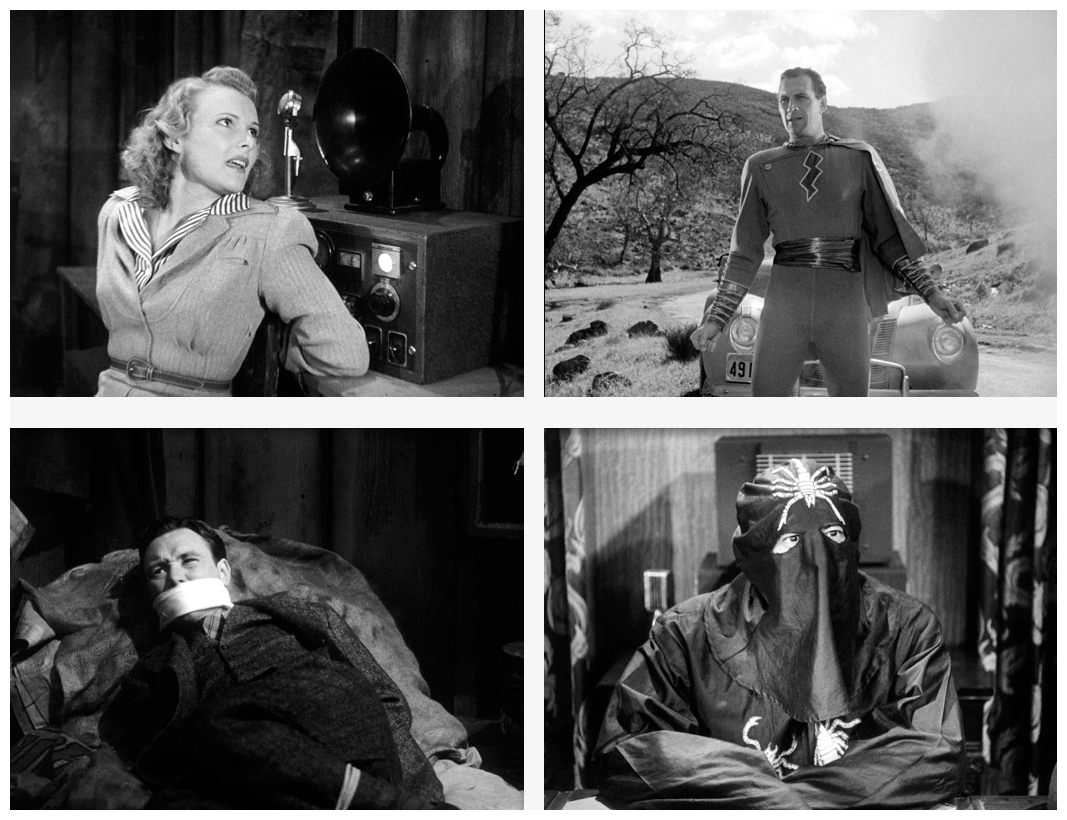
Adventures Of Captain Marvel (1941)
 Horror News | HNN Official Site | Horror Movies,Trailers, Reviews
Horror News | HNN Official Site | Horror Movies,Trailers, Reviews
